Retrofuturism is Alive in New ‘Fallout’ Series: So What Was This Movement?
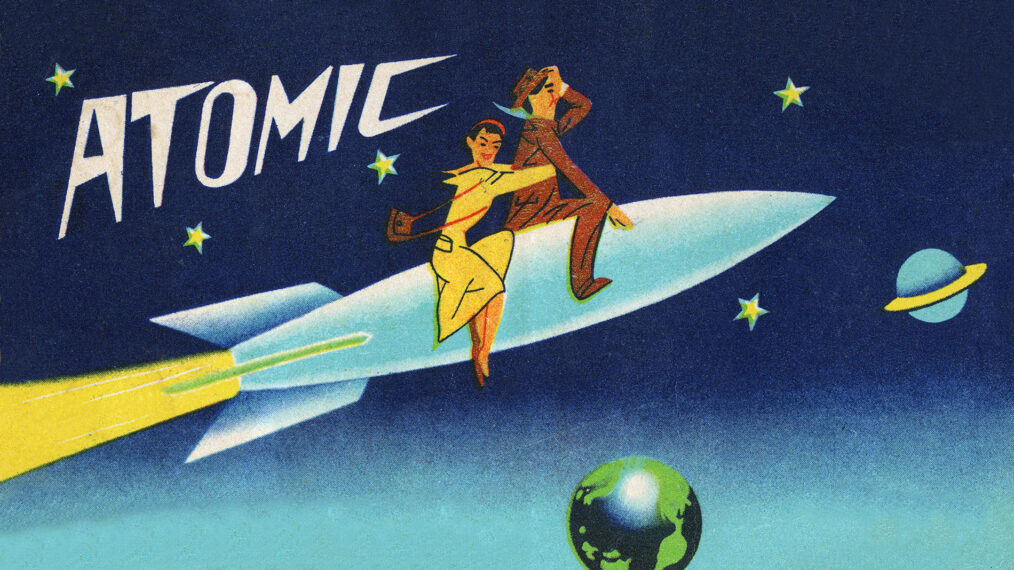
What exactly is Retrofuturism? Retrofuturism is defined as: “The future as seen from the past and the past as seen from the future.” Pondering what advances the coming years may bring can be challenging, thought-provoking— even frightening. It has been around since the early 19th century but started to blossom in the 1950s and was depicted in film, television, art, fashion, architecture and more. Not to mention the great Space Race of the 1960s only fuelled this even more. The hot new series Fallout, currently on Amazon Prime, is based on a wildly popular video game from the ’90s and is seeped in Retrofuturism vibes. We thought we’d take a look back at this sci-fi movement in pop culture history.
Futuristic Fashion
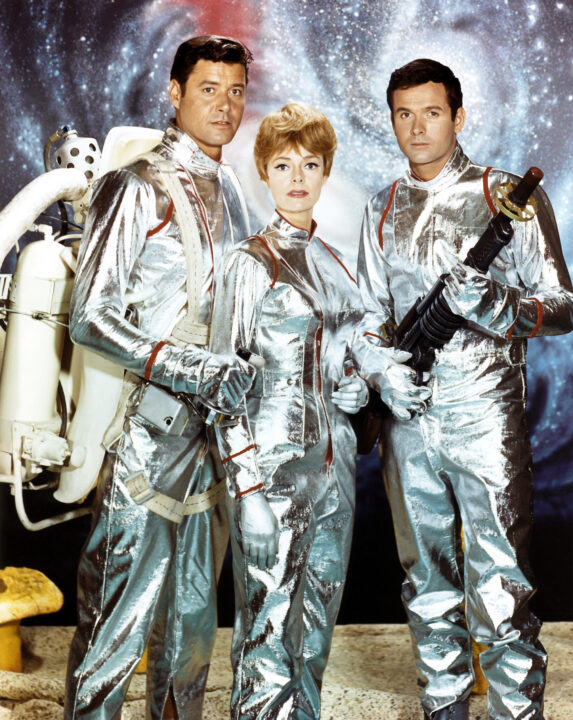
20th Century Fox Film Corp./Everett Collection
Remember the sleek space suits sported by the Robinson family on TV’s Lost in Space? Or the futuristic stylings of Jane Fonda in Barbarella? It was how 1968 envisioned the Year 1998, when colonists from Earth were imagined flying out into deep space. Back in the ’30s, artists imagined the Year 2000 to have such items as an electric belt that adapts to climatic changes; a wedding dress made of glass (great match for a Cinderella slipper!); and a men’s jumpsuit containing a radio, telephone and containers for “coins, keys and candy for cuties.”
French fashion designer Pierre Cardin was light years ahead with his space-age designs in silver vinyl, 1968
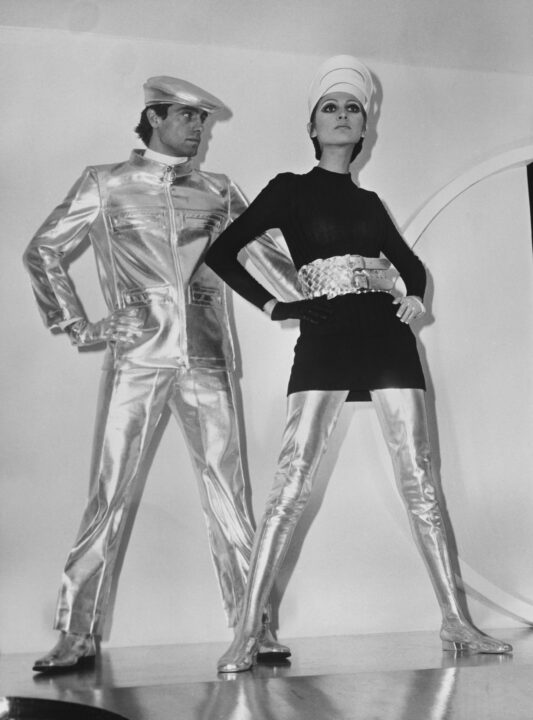
Keystone/Hulton Archive/Getty Images
Jane Fonda’s futuristic looks in Barbarella, 1968
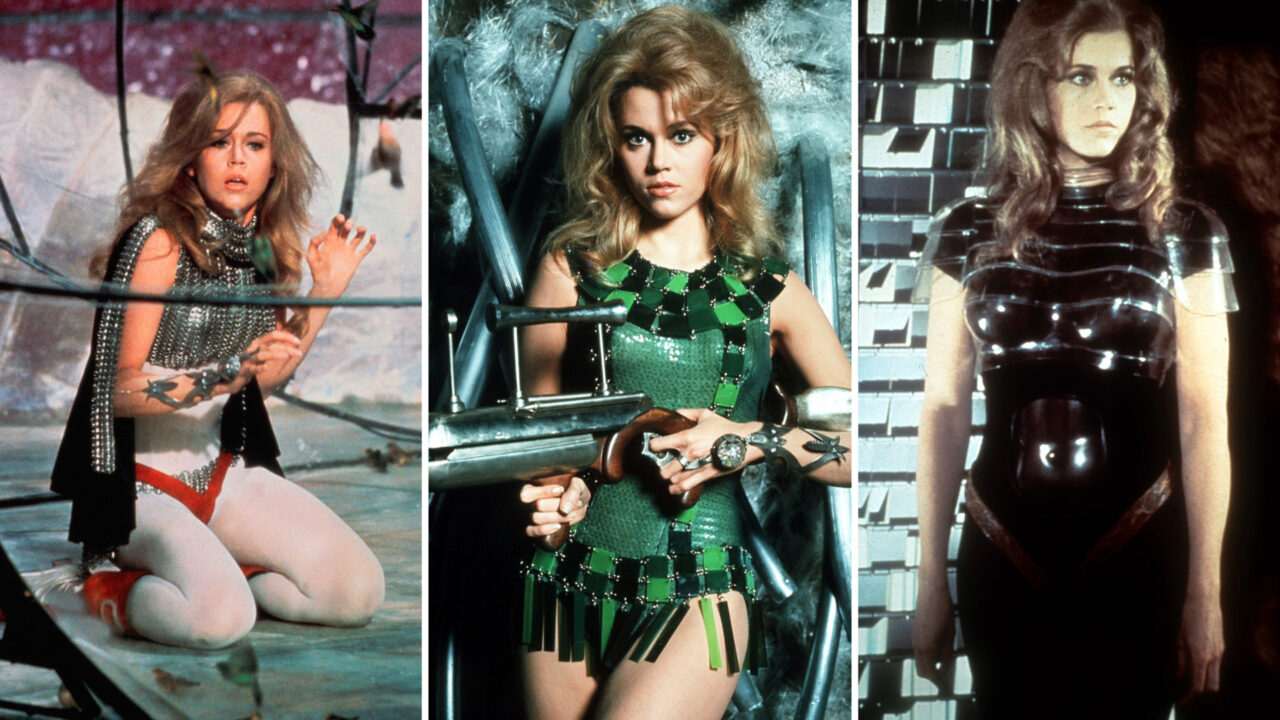
Everett Collection
Food Pills in Our Future?
Conquest of Space (1953) introduced us to food pills
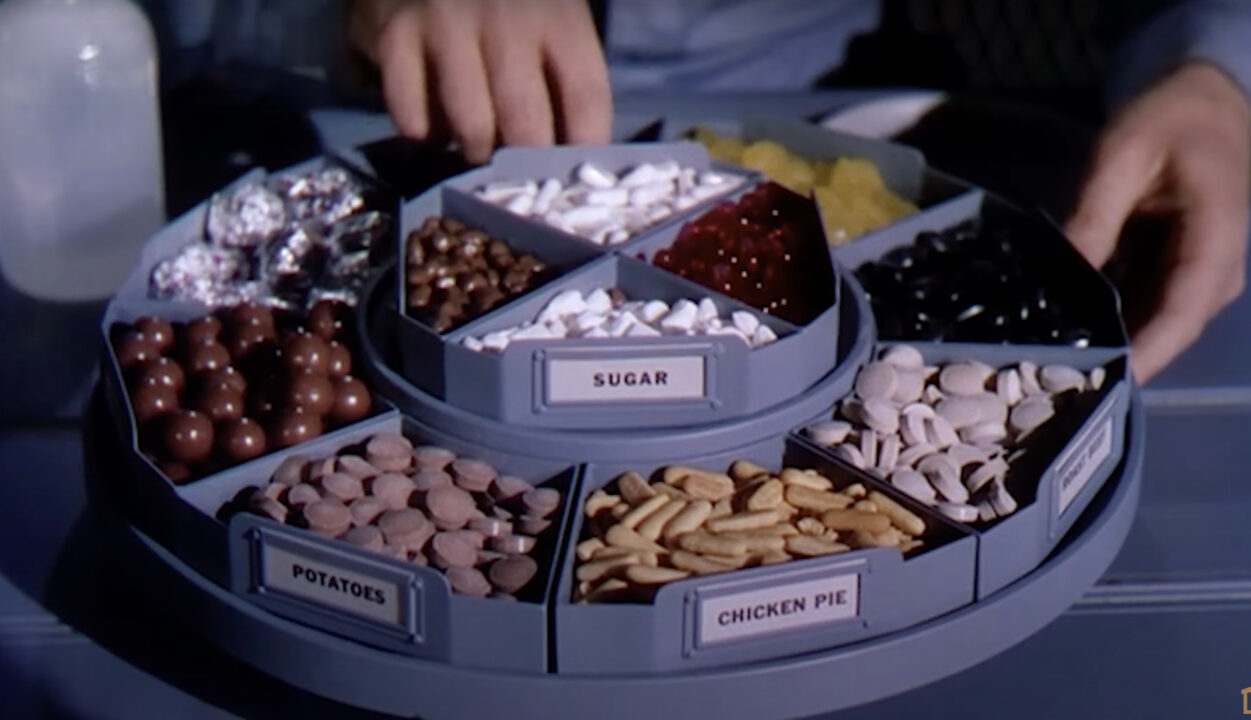
Paramount Pictures/screengrab
American suffragette Mary Elizabeth Lease predicted in 1893 that we’d be eating only synthetic food by 1993, freeing women from kitchen duty. No sympathy for those who actually enjoy cooking! Yet while a meal in a capsule may be only an element of science fiction (and small wonder, considering that the 2,000 daily calories required by the average person would require ingesting about half a pound of daily pills), researchers are working on a diet pill that tricks the body into thinking it has consumed a large amount of food. Hello Ozempic! It’s almost enough to make one wonder if eating could become obsolete as well. Or if the sci-fi classic Soylent Green will come in to play.?
The Jetsons made dinner time quick and easy
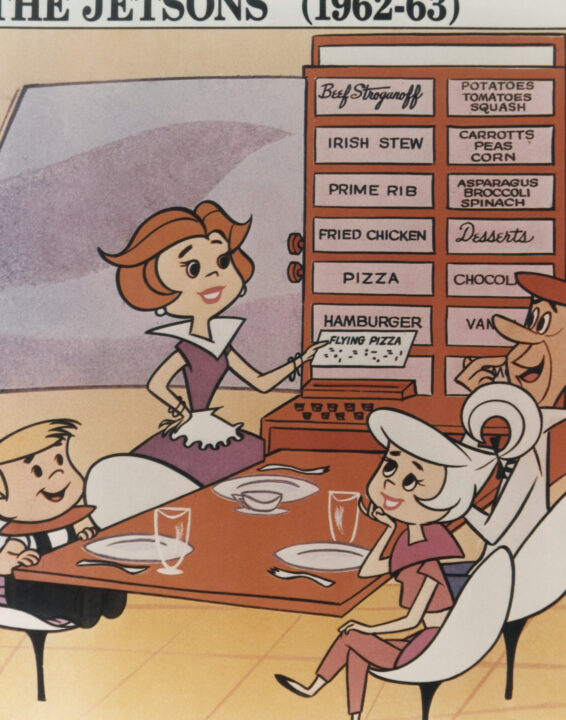
Everett Collection
The Future Depicted in Film
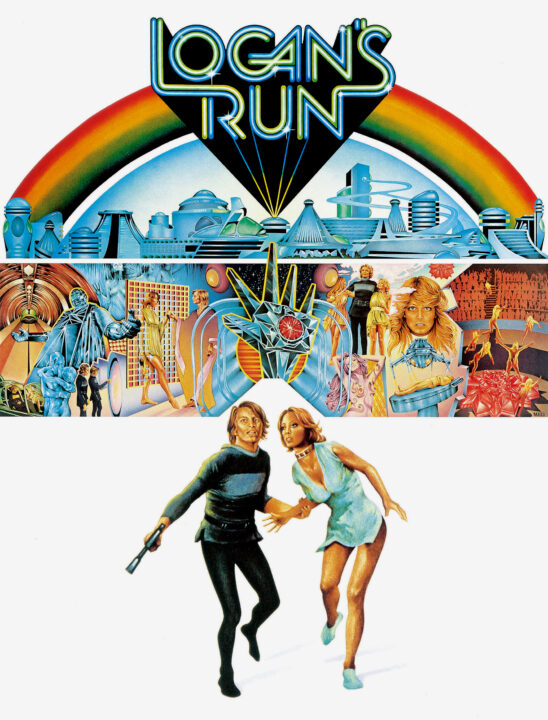
Everett Collection
Funny how great technological advances typically come with a high price. In Ray Bradbury‘s 1953 novel Fahrenheit 451, firemen set fires—to books, no less—instead of putting them out. In the movie Logan’s Run (1976), the threat of overpopulation is addressed not by contraception, but by terminating citizens once they reach age 30. Yes, we finally make it to Mars, but in 1959’s The Angry Red Planet, missions to Mars unleash battles with monsters (sometimes even rubber ones!).
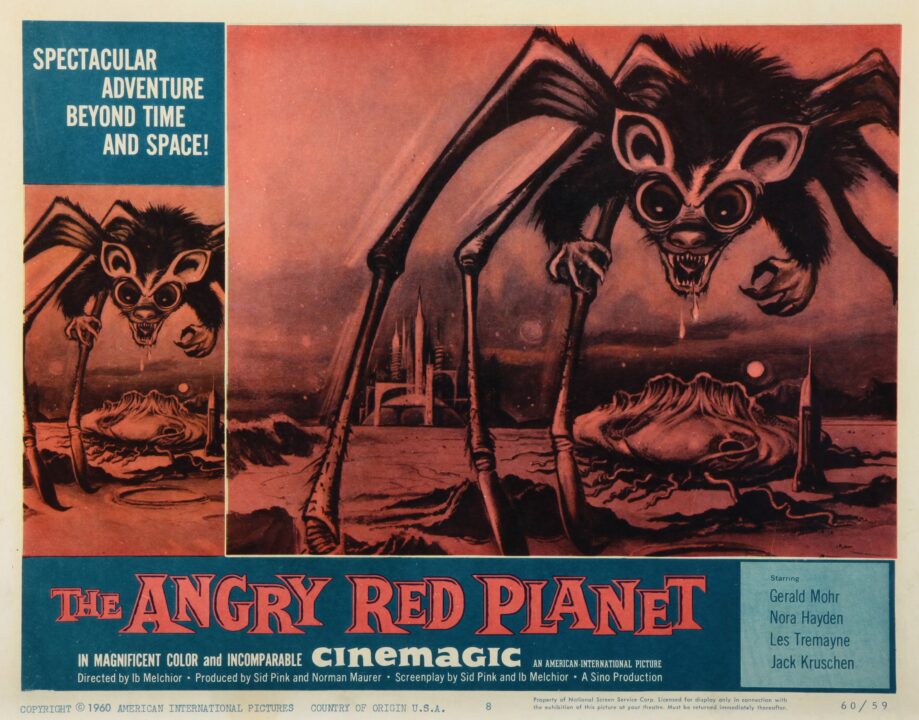
Everett Collection
Futuristic Architecture and Transportation went off the rails, literally!
Many depictions of the future world came to us in the form of beautiful illustrations portraying what a utopian future could look like. There were even concept cars created by the major car manufacturers back then such as the Firebird II, Ford Gyron or the Lincoln Futura. Too bad we don’t have flying cars today as has been depicted in many shows and movies throughout the years.
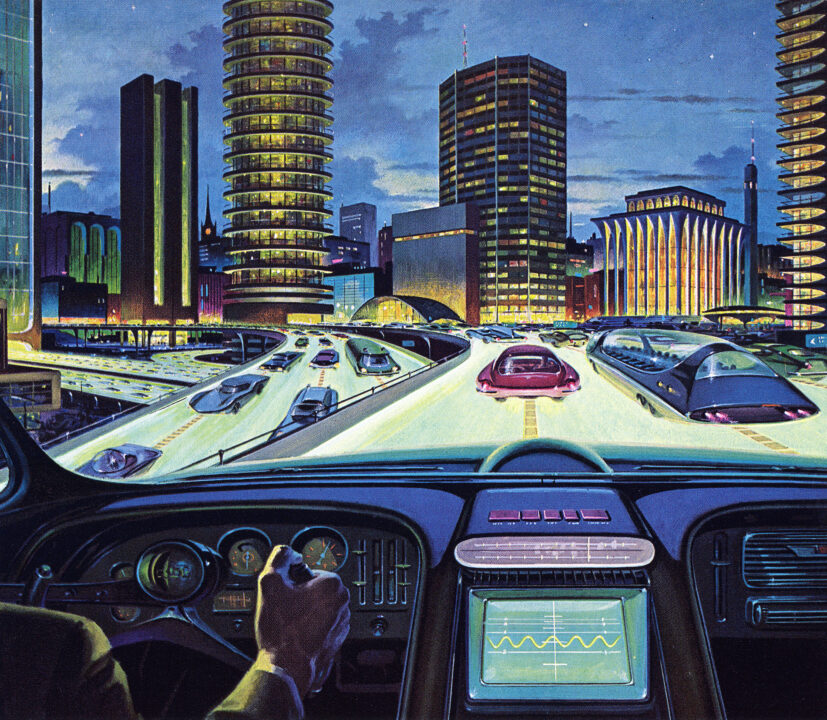
Illustration by GraphicaArtis/Getty Images
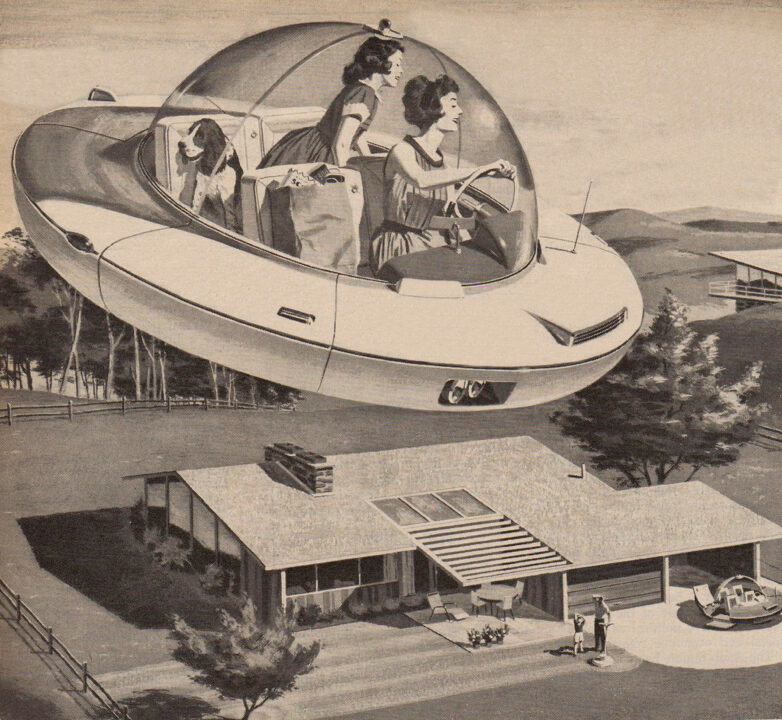
Illustration by GraphicaArtis/Getty Images
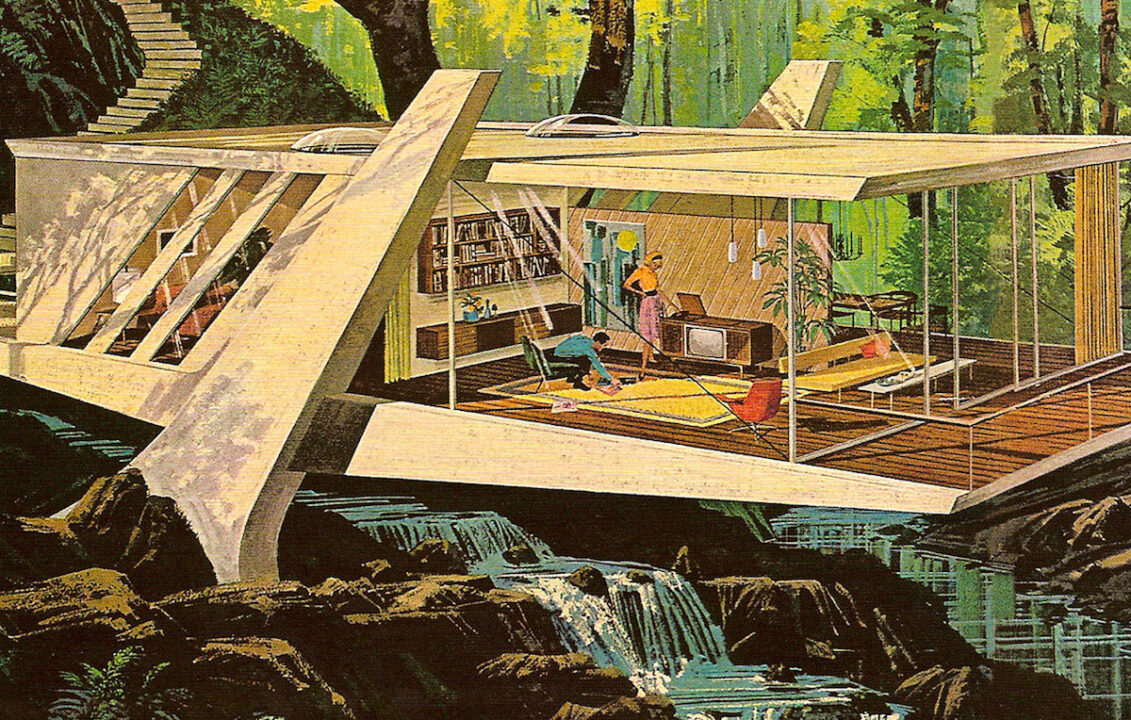
Charles Schridde for Motorola
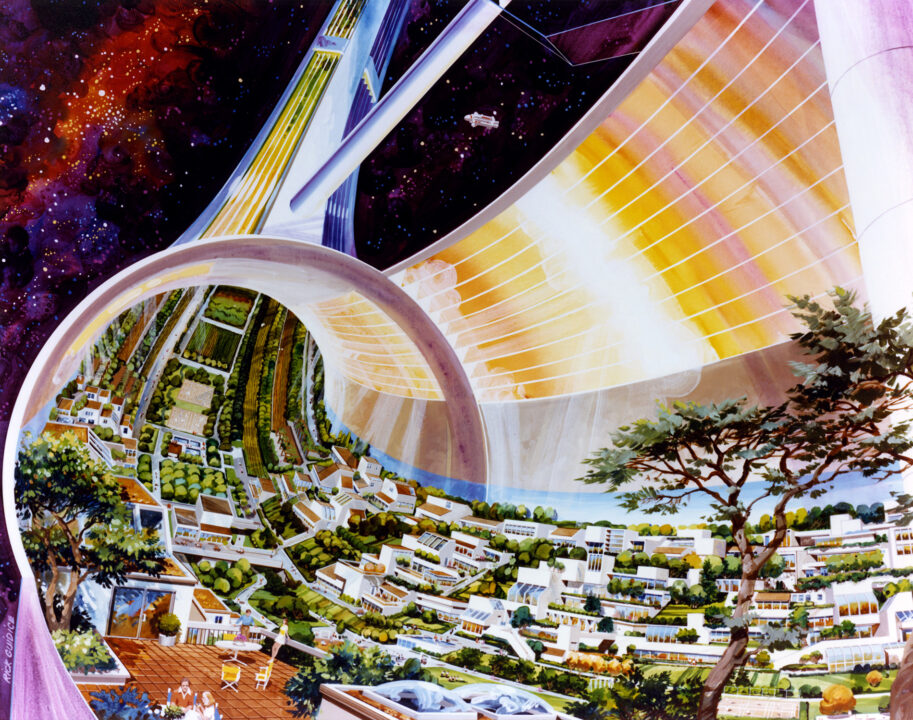
Painting by Rick Guidice courtesy of NASA
A great deal of imagination and optimism—peppered with more than a little foolishness—has been invested in our future past. How will our visions look to those who come after us?
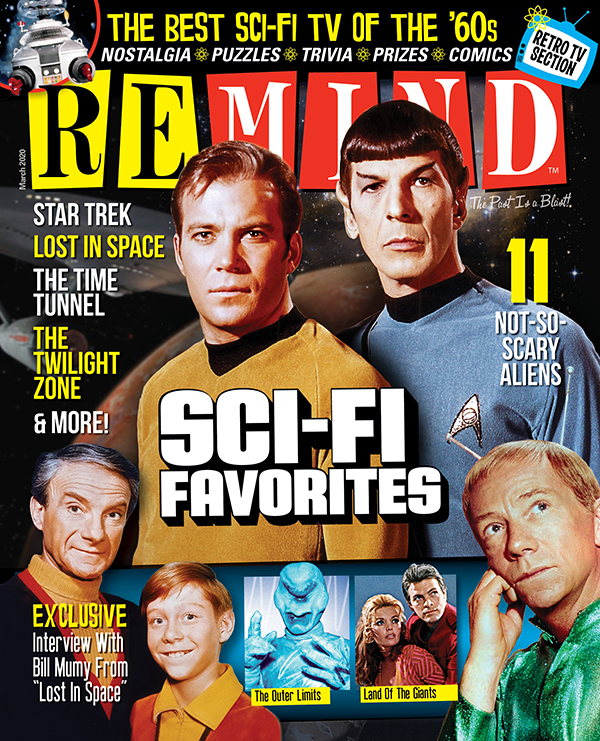
60s Sci-Fi Favorites
March 2020
Do you remember all the great Sci-Fi TV shows of the ’60s?
Buy This Issue